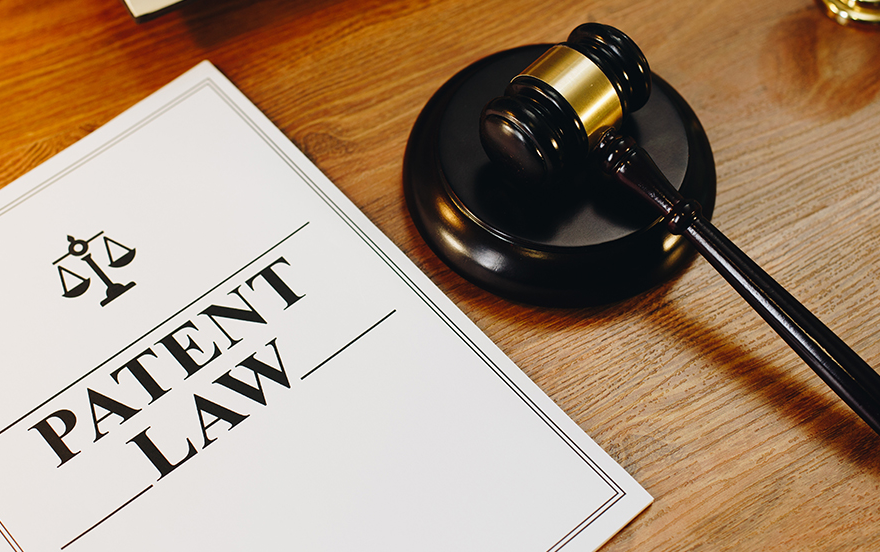Patent law is the branch of international intellectual property law that deals exclusively with new inventions. Specifically, in the United States, a patent is generally granted when an invention is: new; useful; distinct; and not obvious to others. Although the patent office has the responsibility of issuing patents and collecting royalty fees on them, these responsibilities are generally dealt with by amending the Patent Law so as to allow for the patentability of new inventions. There have been many changes made over the years to the law, allowing for more invention protection.
As described by patent law, there are two main categories of inventions. The first is a product or manufacture, which refers to the process of acquiring useful information or property. The second is an abstract idea or concept. Both types of inventions must receive legal protection prior to their release under the law. Prior to issuance of the patents, there must be some form of public disclosure of the invention, either by the government or by anyone who is knowledgeable about the invention.
Because there are so many inventions in the world and many different ways to develop and manufacture them, it is often difficult for the Patent Office to determine what inventions are eligible for patents. Generally, the inventions should relate to some part of the body of knowledge with which the Patent Law is written. For example, a machine that makes bread is not considered an invention, even though it can be used in baking bread. This is why patent law differs so much from country to country.
Some of the ways that people get protection for their inventions include securing protection within the term of the patents by putting them in a Limited Functional Patent. This limited functional patent will not allow others to do anything with the invention except to duplicate the claimed feature or use the technology that is described within the patent. While this might seem somewhat limiting, it is generally known that many trades secrets and technologies are not truly patentable because they were disclosed or protected within some other method or context that would not be considered a trade secret.
The United States Copyright Act grants protection to literary works published during the year, a copyright was issued. For works published before this date, the author has protection for future works, but only for a specified duration. This duration is called the term of publishing. A copyright law review article indicates that there are many differences between the United States Copyright Act and the patent act. Additionally, it should be noted that while the United States Copyright Act covers works published, music, cinematograph films and sound recordings, the patent law only protects natural phenomena and computer applications.
In order for an invention to be patentable, it must be able to be protected from competitive infringement by an item that is manufactured or made by the person who made the invention. Additionally, the invention may only be protected if it is able to create new and useful products. A utility patent can be issued in relation to an invention that fulfills these requirements.
